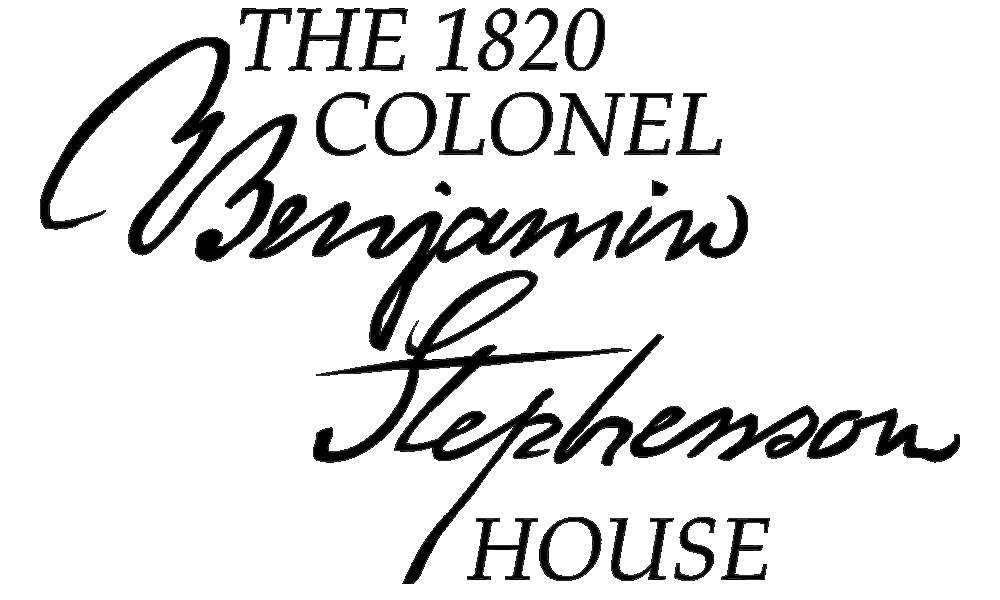 |
Merchant and Receiver of Public Money
Stephenson returned to Kaskaskia from Congress in May 1816. In June his appointment as Receiver of Public Money in the new Federal Land District Office in Edwardsville was announced. He and the family moved to Edwardsville shortly after the appointment. At the same time, Stephenson opened a general store in Edwardsville. Ads for the Edwardsville store began to appear in the Kaskaskia newspaper in November 1816. These ads ran in issues of the Western Intelligencer for a full year. The newspaper ads said that Benjamin Stephenson was opening a new store in Edwardsville featuring merchandise recently imported from Philadelphia and Baltimore. In November 1817, a new ad started to appear and continued until April 1818, when the last ad for the store appeared.
While the store was one aspect of his life, the job as Receiver of Public Moneys for the Edwardsville Land District was without question his principal job. Stephenson served as Receiver of Public Moneys from late 1816, until his death in October 1822. In that time the land office sold 3446 parcels of land valued at $832,699.94. A total of 426,701 acres of land was sold in the Edwardsville office during Stephenson’s tenure. The land offices were enormously important to the federal government as well as the local economies of the territories. At the end of the American Revolution, the government was deeply in debt and had few sources of income. The one thing the government had in great abundance was land; consequently, the government began to sell the public lands in Ohio and westward. The first office in Illinois opened in Kaskaskia in 1804 and the second opened in Shawneetown in 1812. Due to the tangled land claims cases in the old French district around Kaskaskia, no land was sold at the Kaskaskia office until 1814, ten years after its establishment. The Edwardsville office, established in late 1816, soon dwarfed the other offices in the volume of sales. The sale of land had many benefits. First, new settlers could serve as a buffer against Indian attack for the more settled east. Second, the attendant displacement of the Indians deprived the English of a valued ally. Third, the sale of land provided a source of funds for the government at a time when few sources of funds were available. Finally, the land offices provided funds on the frontier, where almost no one had any money. The land office in Edwardsville was the largest business in Edwardsville from its inception and remained significant until its closure in the 1850s. Since the land office was the major source of funds in the area, and Stephenson controlled the money, he quickly became “The Paymaster of the Frontier.”
Land office funds were used to provide payments to land surveyors, and to provide gifts and payments to the Indians who signed treaties. The funds were also used to pay the company of mounted rangers, the Indian agents throughout the entire remaining part of the Northwest Territory, and other debt that the federal government incurred on the frontier. Instead of sending the land office money to Washington City and then sending payments for services back to the territories, Stephenson was authorized to make direct payments to a large number of people. The land office in Edwardsville was, therefore, the largest source of real money in form of gold and silver coin in the Illinois territory.
|
 |



